
Offering unique culinary delights at 35,000ft can keep business and first-class passengers satisfied and impressed. Doing so in partnership with a celebrity chef can have potentially even great implications for revenue drivers and brand loyalty.
But when measuring the financial impact, emotional response and customer satisfaction regarding the menus celebrity chefs create, one question is raised. Is the use of airline celebrity chef partnerships worth the investment?
What do airlines want?
Luxury partnerships between airlines, suppliers and celebrities are, by this stage of air travel, nothing necessarily new. Passengers, especially in business and first classes may be used to seeing amenity kits or onboard loungewear featuring collaborations between boutique designers.
But it is arguably the food and beverage sector onboard that causes the biggest stir among industry and passengers. Industry publications are quick to report on new collaborations and chefs often get a lot of “airtime” in marketing campaigns. This is often because the impact of these airline chef partnerships relies on the personal following of the chef themselves.
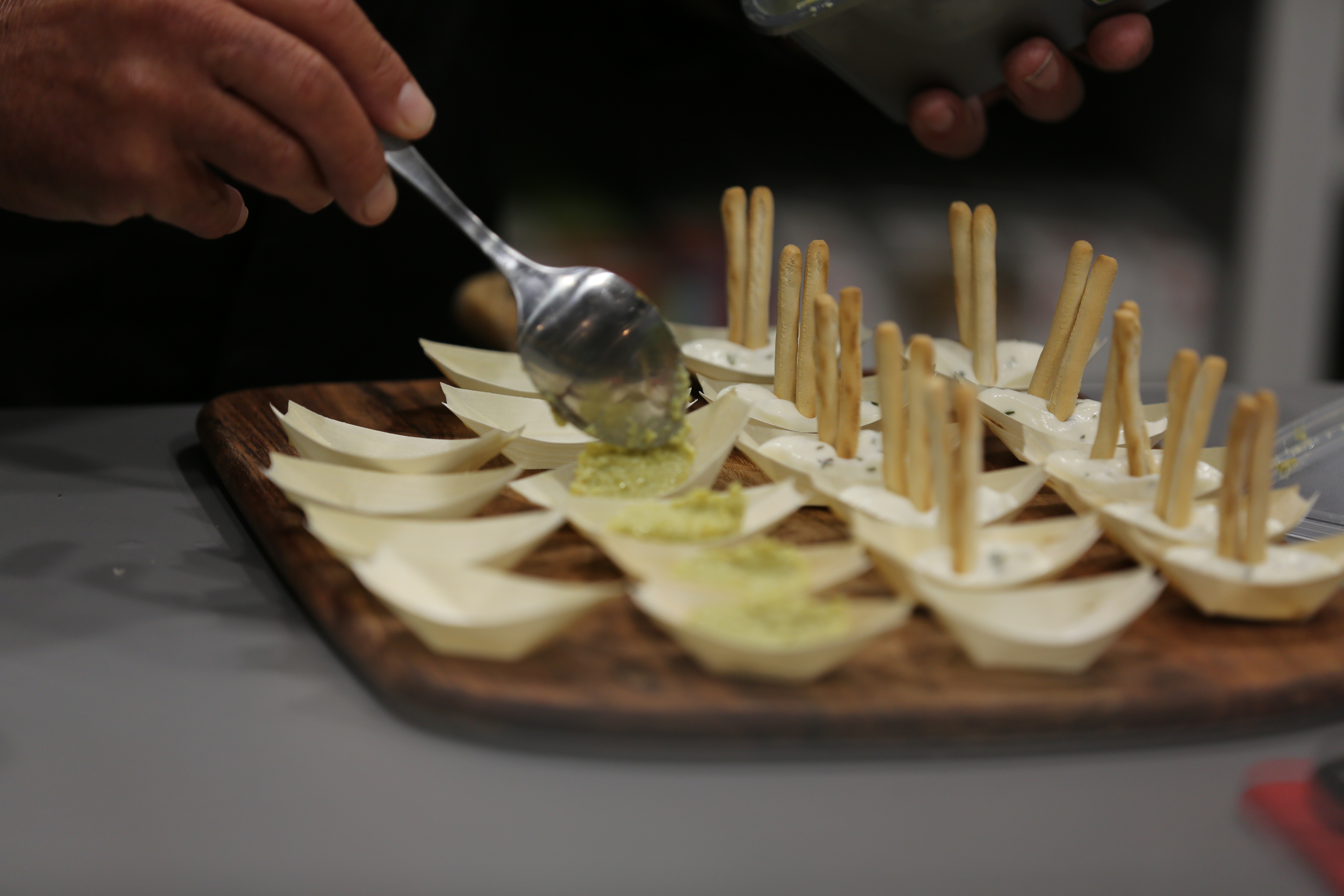
As such, the commitment to these partnerships is not surprising when considering that the global in-flight catering services market size was valued at USD 16.01 billion in 2022. It is expected to grow at a compound annual growth rate (CAGR) of 5.9% from 2023 to 2030.
Within this, the meal segment accounted for the largest revenue share of 51.7% in 2022. It is the onboard meal segment that most celebrity airline chefs are tasked with.
These strategic partnership, however, are more likely to be seem on full-service carriers (FSCs) with larger marketing budgets and a greater focus on premium amenities. This is in contrast to low-cost carriers with more pressing concerns regarding:
- fuel
- staffing
- fleet maintenance
- lack of premium options or classes to sell to/in
It’s true that chefs have long since been a part of not only onboard menus but airline operator marketing. But as to whether celebrity partnerships are a trend of the past, or worse — foe to an operator’s bottom line, the question has to be asked…
What does an airline chef do?
From a recent Saudia airline chef job posting we can see that responsibilites include:
- implementing day-to-day-activites in the First and Business Class Cabins and working in conjunction with the crew
- overseeing and managing all kitchen operations
- prepare and presenting cuisine to First & Business Class guests in-flight
- ensuring all areas of the galley kitchen are kept clean, hygienic and tidy at all times
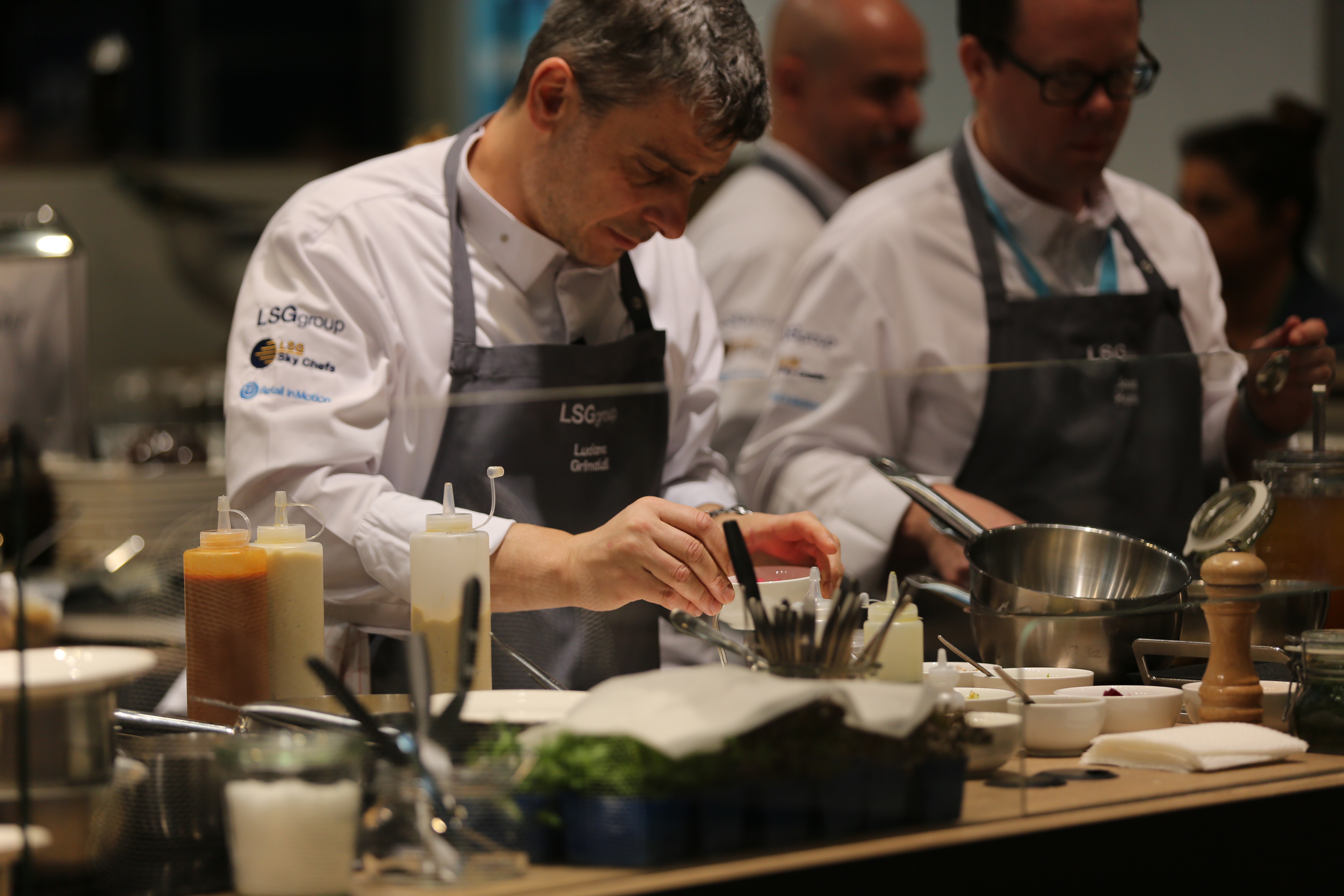
It is interesting to note, though, that built into the job role is also a clear understanding of the impact this role can have on airline passengers. Namely, to ensure guests enjoy ‘the highest standards’ of ‘service and quality while dining’. Presenting dishes ‘with the utmost attention to quality and detail’.
Unsurprisingly, chefs, for Saudia at least, may also be required to liaise and interact with guests, confidently informing them about menu choices. This is all done with the aim of building rapport and increasing customer satisfaction.
“A head chef must be hungry for new ideas and recipes – and for me, these come from travel.”
Václav Bodnar, Head chef hot kitchen, dnata
So, it’s clear where these celebrity partnerships are likely to occur, what is expected of the chefs and how important the impact can be. But how do chefs successfully translate ideas, tastes and food quality from the ground to the air?
Challenges for celebrity airline chefs (And all chefs!)
It’s safe to say that that food quality is very different at 35,000 feet. A number of contributing factors to altered perceptions onboard include:
- sense of taste and smell is less pronounced
- dry cabin environment with little humidity
- lack of space for food preparation
- reduction in sensitivity to things like saltiness and sweetness
These pose hurdles to chefs onboard. Simultaneously, they offer challenges that, if creatively tackled, come with major kudos for the airline and chef in the eyes of passengers looking for the wow factor.
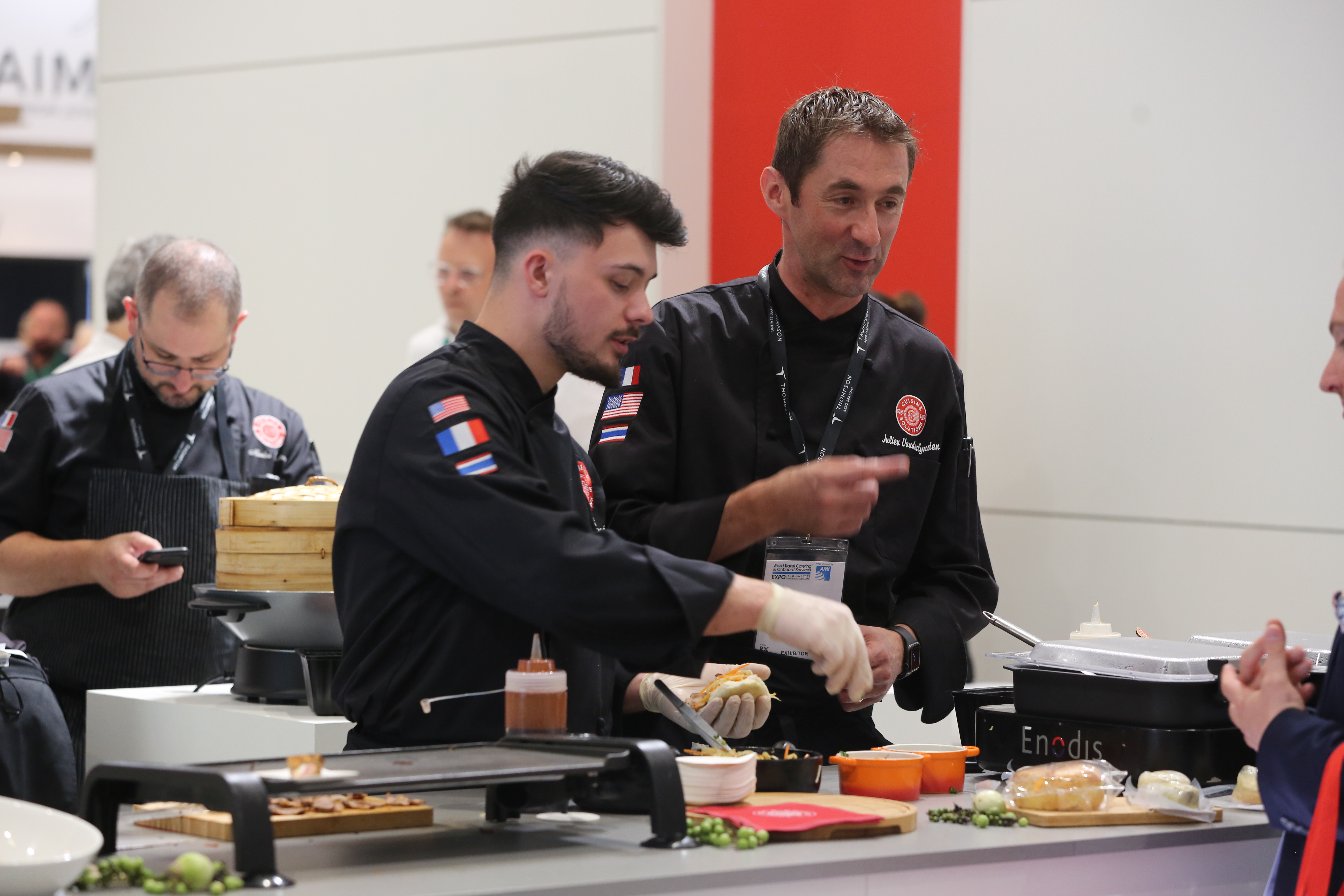
The evolution of menus containing seasonal, healthy, organic and even now free-from ingredients is something frequent premium flyers are often on the lookout for.
“Just because the food is gorgeous and delicious in a restaurant doesn’t mean it will be that way in the plane.”
Bill Oliver, Vice President, Boyd Group Inc.
Yet, in a recent article by Simple Flying, it was suggested that all this was still not a foil to the problem with taste onboard. That perhaps a winning solution could be found if airlines ‘researched more into how the human body reacts at altitude and partnered that with culinary knowledge (much as Heston did!)’.
Luckily for the industry, WTCE, in partnership with Professor Spence of Oxford University has done just that. In the joint study, Sensehacking: Passenger Wellbeing in the Air considerable ground is covered, along with actionable insights, as to how airlines are currently (and can continue) to tackle taste onboard.
Granted, chefs still have to take these challenges under consideration and often, explained a Delta spokesperson, use ‘robust flavors to make an impression’.
Similarly, there have been no real departures yet from having to cook food in a catering facility on the ground, chill it and then re-heat it inflight. Airline chefs are still often bound by the long lead time and ideation phases of onboard menus which includes meticulous tasting and refining.
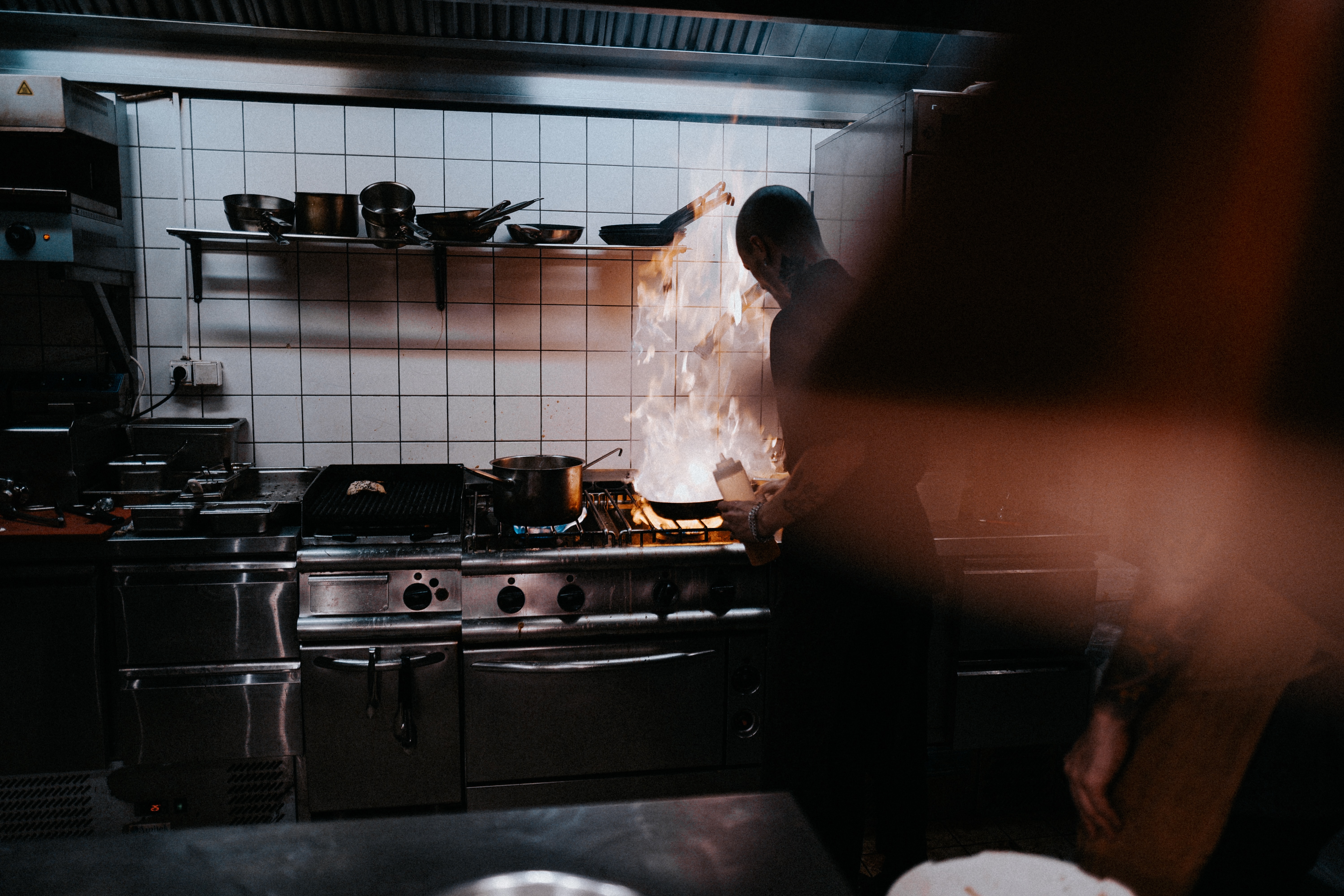
But these operational processes are not only defined by the airlines, adds Delta’s spokesperson. ‘Chefs will work with suppliers to make sure the food is up to the standard that they expect’, attempting to incorporate seasonal and/or organic foodstuffs that often tell the story of the carrier or region flown over.
So, we’re aware that carriers use celebrity partnerships onboard, largely to leverage the food and beverage sector in more premium cabins. Also, all airline chefs face a number of challenges to exceptional taste on board.
And we will look at how celebrity chefs have historically, and are currently, tackling these challenges. But first, it’s important to understand the science behind why celebrity chefs are so important to this industry.
How (and why) does it work?
It is true that tracking the direct impact of celebrity onboard chefs may be difficult. Especially, by virtue of most dishes they create being included in the ticket price for more premium cabins. Celebrity chefs can however, provide airlines marketing campaign magic whereby an ‘individual enjoying public recognition’ uses it ‘on behalf of a consumer product’.
This is because ‘consumers perceive chefs as human brands’ whereby their works relies heavily on ‘popularity-based characteristics’. Studies have found that not only do consumers place importance on the role of the chef. They also see a congruence between chefs and their restaurant’s (or in this case airline operator’s) image. It has been further shown that luxury ‘and novelty experiences have a positive effect on customers’ happiness and well-being’.
Studies have also shown that ‘celebrities have the power to affect consumers’ behavioural and purchasing intentions’. Meaning that, whilst these celebrity chef meals onboard are not technically revenue-driving, they may have upsides for things like ticket sales and upgrades.
As such, it is hard to argue against airline food remaining as ‘one of the main features characterising different travel classes’. Look no further than LCCs buy onboard services versus those like book the cook services in premium seats.
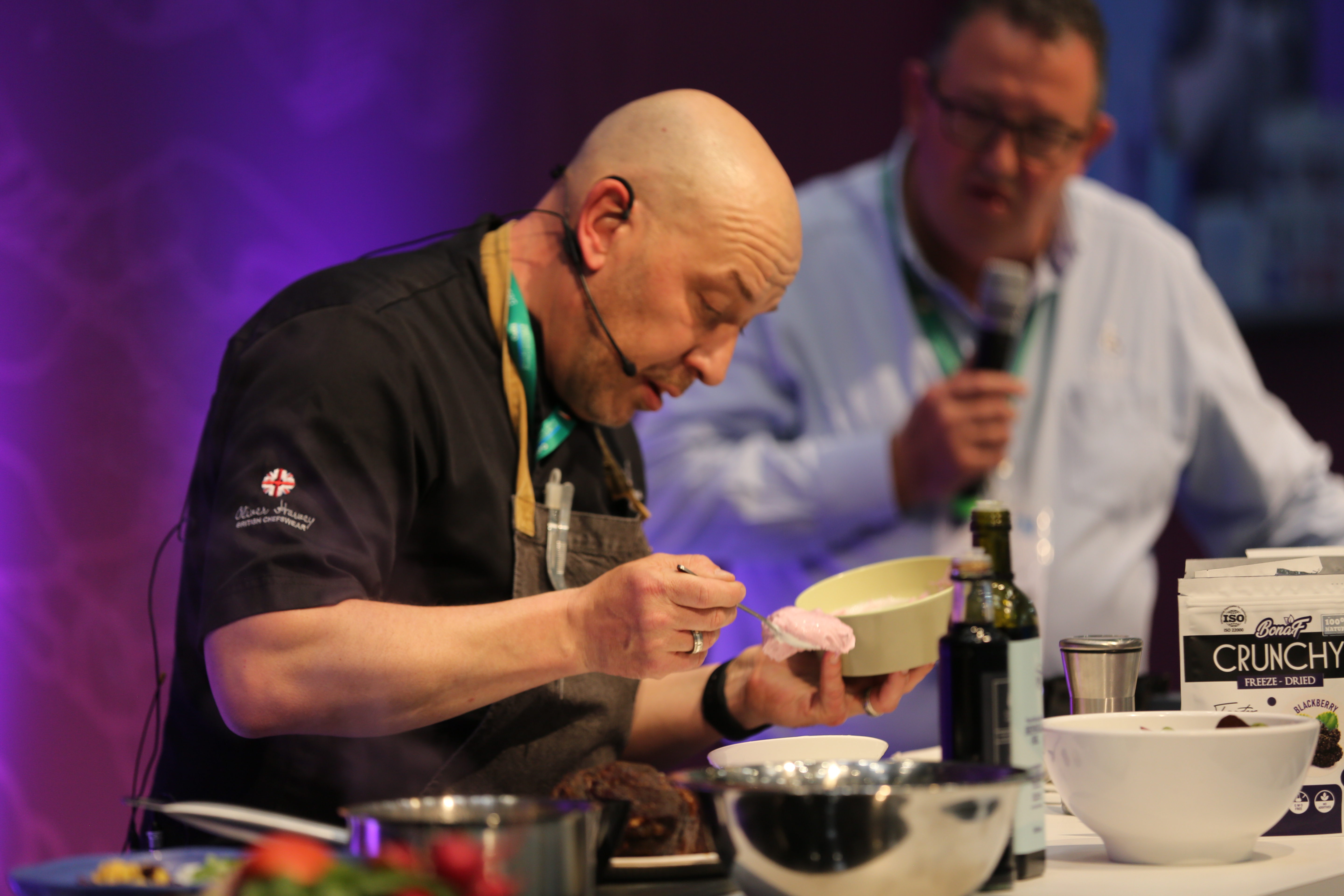
So, when considering this confluence of chef and restaurant (or airline) image, it’s no surprise that studies have found descriptions of ‘airline food associated with the premium travel classes are’ to be ‘similar to the menus of expensive restaurants’. Airlines make the most of these associations in consumer behaviour, just as 35,000ft.
These associations, it should be noted, then have an effect on consumer brand passion. Academic research in the marketing domain has revealed that passion plays a key role in improving word-of-mouth. It may also impact willing-to-pay premium and ultimately, brand loyalty and advocacy.
Here, we’ve uncovered that celebrity chefs offer a tried and tested area of partnership that remains viable to this day. We’ve also uncovered that the idea of celebrity, and the closeness in perception between celebrity chefs and their products can be clear drivers for things like customer loyalty and spend.
So why aren’t all airline operators doing this? Well, the answer is quite a lot of them are!
Airline celebrity chef partnerships (past and present)
Air France, for one, a partner of the Bocuse d’Or gastronomic competition, recently welcomed 5 new chefs. This brings their total now to 17 talented chefs promoting French excellence and cuisine across their La Première and Business classes as well as in airport lounges over the coming months.
Michelin star chef Tom Kerridge has worked with British Airways for their economy ‘buy on board’ product on short-haul routes whilst Heston Blumenthal has also partnered with the carrier in the past.
American Airlines has previously worked with chefs like Marcus Samuelsson, Richard Sandoval, and Sam Choy, despite having stopped including celebrity chefs since 2013.
Delta has partnered with chefs Michelle Bernstein, Michael Chiarello and Linton Hopkins, as well as renowned restaurateurs and sommeliers.
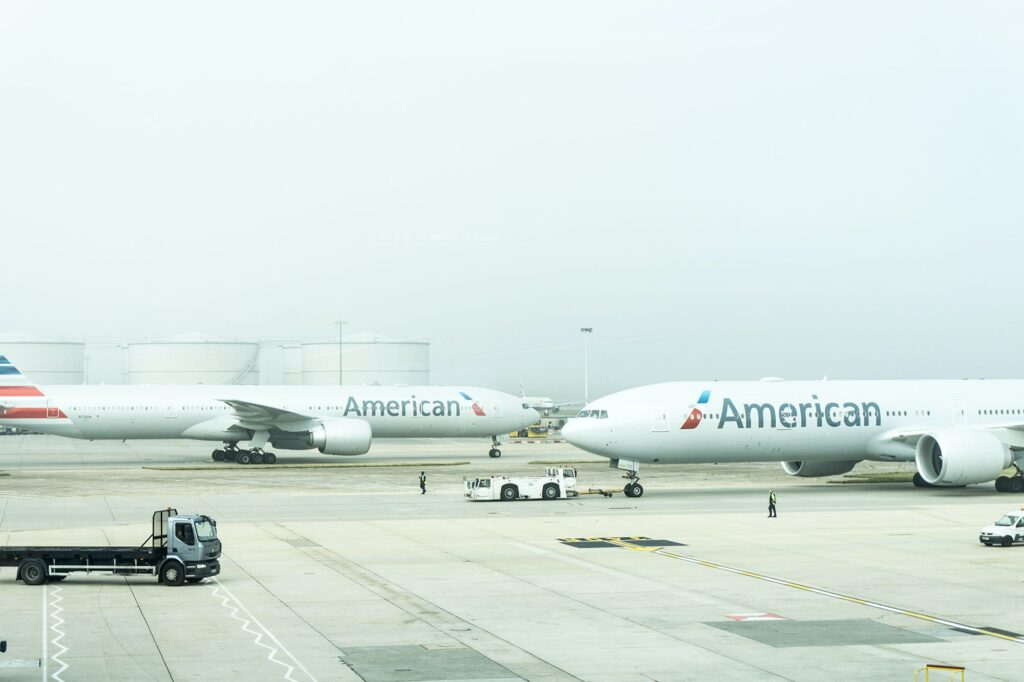
Historically, the carrier Qantas has worked with chef Neil Perry since 1997 after initially inviting him “onboard” as a guest chef. Since then, the partnership has blossomed into the creation of Rockpool Consulting which now oversees Qantas’ entire meal creation process.
Other Australian chefs include Matt Moran who has long since partnered with Singapore Airlines. The partnership’s new range of dishes include cauliflower, leek and porcini soup, followed by corn fed chicken breast and finished with a Strawberry tart with ripple cream, chocolate, cherry and candied macadamia.
Singapore Airlines, for example, has its International Culinary Panel with a pool of chefs that create menus specific to the markets the airline is flying in and out of.
Brussels Airlines partners annually with a chef from a Michelin-starred restaurant. Chef Michael Vrijmoed will help the carrier to showcase sesasonal produce with a menu including choices of:
- starter: beetroot with Doyenné du Comice pear, mustard seed and horseradish sauce
- main: celeriac variation with soil-grown chicory and crispy Jerusalem artichoke
- main: pheasant with soil-grown chicory, wild mushrooms, cranberries, pearl onions, Jerusalem artichoke, fine champagne sauce and Jerusalem artichoke purée
- main: eel in Green with herb salad and chateau potatoes
- dessert: Belgian cheese platter or hazelnut chocolate cake with a vanilla-coffee sauce
ANA (All Nippon Airways) has also collaborated with THE CONNOISSEURS member Chef Hideki Takayama and ANA Chefs to make special menu items that are available to all passengers on international flights. These include new vegan, vegetarian, and gluten-free meal options that aren’t relegated to business and first class.
SWISS has also introduced a new business and first-class menu for long-haul services from the carrier’s home country. As part of the airline’s ‘Taste of Switzerland’ inflight dining programme, Olivier Jean is the latest award-winning chef to showcase regional specialties.
The menu included French-inspired haute cuisine with Asian influences like:
- lobster bisque with lobster medallions, ricotta gnocchi and chive oil,
- miso-marinated pike-perch with port wine sauce, baked polenta, shallot confit and pak choi
- smoked trout with marinated leek, mimosa and turmeric vinaigrette
- poached char with lemongrass sauce, sesame sushi rice, sugar snap peas and roasted squash
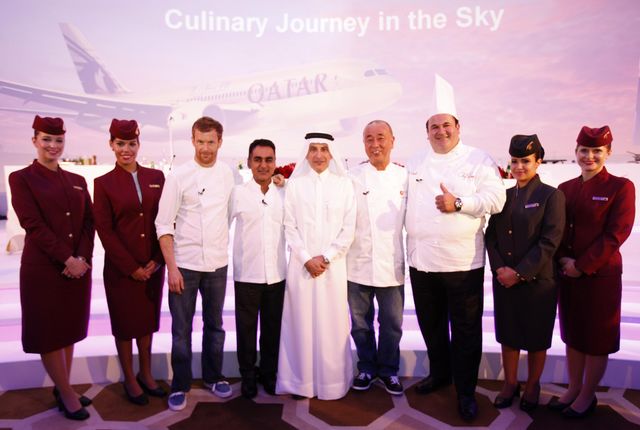
Qatar Airways: Case and point
Perhaps the best example of just how important food, beverage and celebrity partnerships can be, however, is Qatar Airways.
Qatar Airways has recently updated its first and business class dining via an exclusive collaboration with Asia’s renowned Chef Ton. Operating on routes between Thailand and Doha the curated menu will feature Thai-inspired dishes.
Chef Ton, the culinary titan behind Asia’s 1 Michelin star Le Du and also Nusara, the menu will combine signature classics from the former restaurant as well as new additions for the airline. These include:
- Le Du: river prawn dish and coconut sago dessert
- Qatar Airways exclusive: salmon entrée, beef short rib curry and lobster curry
To understand the impact of this onboard partnership, it’s telling to see in a recent Forbes article that some still think ‘no one takes a flight for the food’. With ‘altitude and logistical limitations’ it’s argued that it’s ‘nearly impossible for airlines to provide exceptional catering’. Which, whilst the challenges presented are true, is clearly not the case. At least, operators don’t think so or they wouldn’t keep trying!
(It’s worth noting that the same Forbes writer goes on to mention that food on Qatar was ‘still superior to just about every other economy flight I have done – as was the service, entertainment and more’.)
Celebrity chefs in the skies
And here is the crux of the argument as to whether celebrity onboard partnerships are worth the investment.
Qatar ranked #2 on Skytrax’s Top 10 Airlines for 2023, with the carrier’s justification citing ‘fine cuisine’ onboard. Qatar also won another prestigious aviation award, the Apex Award for Best Food & Beverage. In the 2023, UK-based Business Traveller Magazine awards also award Best Inflight Food & Beverage to Qatar.
It’s undeniable that whilst the direct impact of food onboard to passenger satisfaction is hard to measure, it’s a definite consideration. On top of this, it is clear that the cache of celebrity chefs is not only respected in the industry but in passengers’ minds. Finally, whilst air travel presents unique problems to dining onboard, one of the key areas that appears to separate good and great carriers is in-flight dining.
